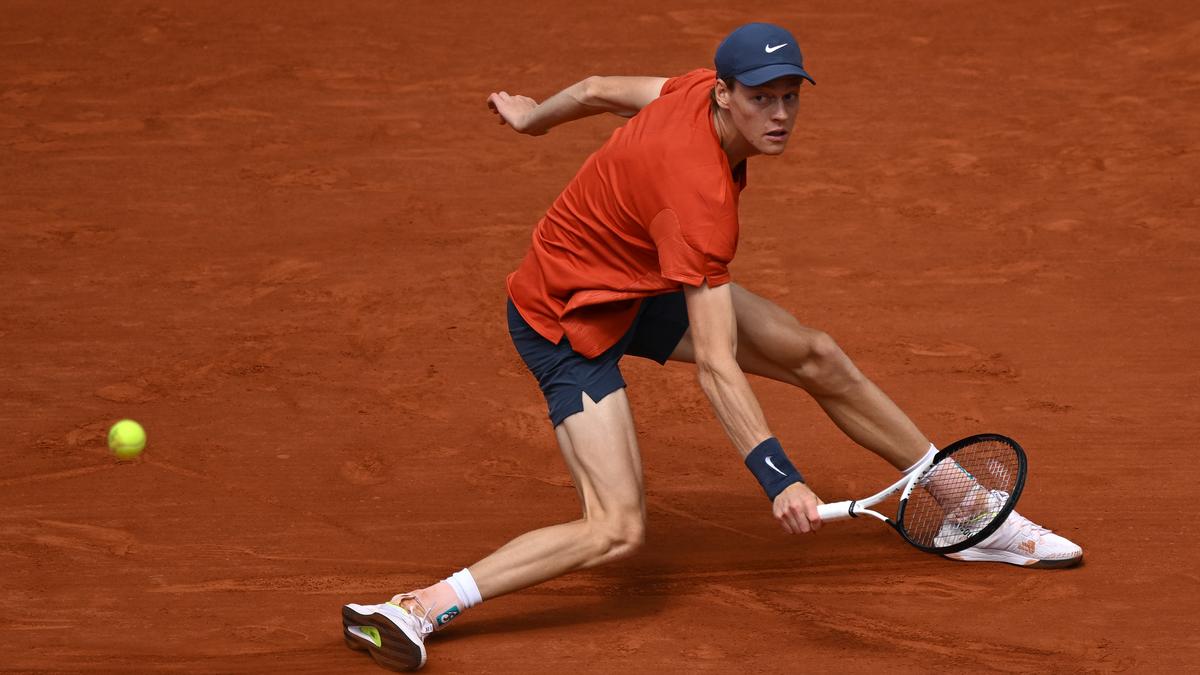Legal Battle: Djokovic's Player Union Takes On Tennis' Ruling Bodies

Table of Contents
The PTPA's Formation and Objectives
The PTPA's formation, spearheaded by Novak Djokovic and Vasek Pospisil, marked a significant turning point in professional tennis. Born from a growing dissatisfaction among players regarding their representation and the distribution of wealth within the sport, the PTPA aims to fundamentally reshape the landscape of professional tennis governance. Its objectives are multifaceted, focusing on improving player welfare and achieving a fairer system of representation and revenue sharing.
- Founding members and key leadership: While Djokovic and Pospisil are prominent figures, the PTPA boasts a growing membership base of players across various levels of professional tennis, reflecting a broad-based concern about existing structures.
- Specific grievances against existing governing bodies (ATP, WTA): The PTPA contends that the existing systems do not adequately represent player interests, particularly regarding revenue allocation and decision-making processes within the ATP and WTA Tours. They argue for greater player autonomy and a more equitable distribution of profits generated by the sport.
- Long-term aims of the PTPA: The PTPA’s long-term vision includes fostering a more collaborative and transparent relationship between players and governing bodies, ensuring player voices are heard and respected in shaping the future direction of the sport. This includes advocating for better pensions and healthcare for retired players.
Key Points of Contention in the Legal Battle
The legal battle between the PTPA and the established tennis bodies centers on several key issues:
- Specific regulations contested by the PTPA: The PTPA challenges various regulations concerning player compensation, tournament scheduling, and restrictions on player endorsements. They argue that these rules are unfairly weighted in favor of the governing bodies, limiting player autonomy and potential earnings.
- Antitrust concerns raised by the PTPA: A central argument of the PTPA is that the current governance structure creates an antitrust issue, limiting competition and preventing players from fully realizing their market value.
- Details on revenue distribution and player compensation: The PTPA advocates for a more equitable share of revenues generated by professional tennis, arguing that players should receive a fairer portion considering their role in the sport’s success.
- Disagreements regarding player representation and decision-making power: A core conflict revolves around the level of player involvement in decision-making processes. The PTPA seeks greater influence in shaping the rules and regulations that govern their careers.
The Impact on Professional Tennis
The legal battle's ramifications extend far beyond the courtroom. The outcome will profoundly shape the future of professional tennis:
- Potential changes to the ATP and WTA Tours: The legal fight could lead to significant structural changes within the ATP and WTA Tours, potentially altering tournament formats, scheduling, and player rankings systems.
- Impact on Grand Slam tournaments: The dispute’s outcome may influence the relationship between the PTPA and the four Grand Slam tournaments, potentially affecting player participation and the overall prestige of these events.
- Effect on player participation and sponsorship agreements: Uncertainty surrounding the legal battle could impact player decisions regarding tournament participation and sponsorship deals, potentially disrupting the established balance within the sport.
- Consequences for the overall image and appeal of tennis: A prolonged and contentious legal battle could damage the sport’s image, affecting its popularity among fans and potentially impacting broadcast deals and sponsorship opportunities.
Potential Outcomes and Future of Player Representation in Tennis
The legal battle's resolution remains uncertain, with several potential outcomes:
- Possible scenarios: settlement, court victory for either side: A negotiated settlement could result in compromises on both sides, potentially leading to incremental changes within the governing structures of professional tennis. A court victory for either side could result in more significant and potentially disruptive changes.
- Long-term impact on player representation: Regardless of the outcome, the PTPA's challenge will likely lead to increased attention on player representation and the need for greater player involvement in governing bodies’ decisions.
- Changes anticipated in the rules and regulations of tennis: The legal battle is likely to prompt reviews and revisions of existing rules and regulations, potentially resulting in more player-friendly policies and a more equitable distribution of revenues.
- Potential for increased player autonomy: The PTPA's efforts could ultimately pave the way for greater player autonomy and a more democratic system of governance within professional tennis.
Conclusion
The legal battle between Djokovic’s player union and the established tennis governing bodies represents a pivotal moment in the sport's history. The fight for improved player representation, fairer revenue sharing, and a more democratic governance structure has profound implications for the future of professional tennis. The outcome will not only affect the careers of players but also shape the very fabric of the sport. Stay informed about this important legal battle and its implications for the future of tennis. Follow us for updates on Djokovic’s player union and the ongoing fight for player rights in professional tennis. Learn more about the PTPA and how you can support improved governance in tennis.

Featured Posts
-
 Argentine Youth And Free Markets The Milei Tuttle Twins Educational Program
May 30, 2025
Argentine Youth And Free Markets The Milei Tuttle Twins Educational Program
May 30, 2025 -
 The Countrys Business Landscape Identifying Key Growth Areas
May 30, 2025
The Countrys Business Landscape Identifying Key Growth Areas
May 30, 2025 -
 Droits De Douane Mode D Emploi Et Reglementation
May 30, 2025
Droits De Douane Mode D Emploi Et Reglementation
May 30, 2025 -
 Sinner And Djokovic Rise To The French Open Challenge
May 30, 2025
Sinner And Djokovic Rise To The French Open Challenge
May 30, 2025 -
 Sierra Leone Immigration Chief Sacked Details Emerge
May 30, 2025
Sierra Leone Immigration Chief Sacked Details Emerge
May 30, 2025
